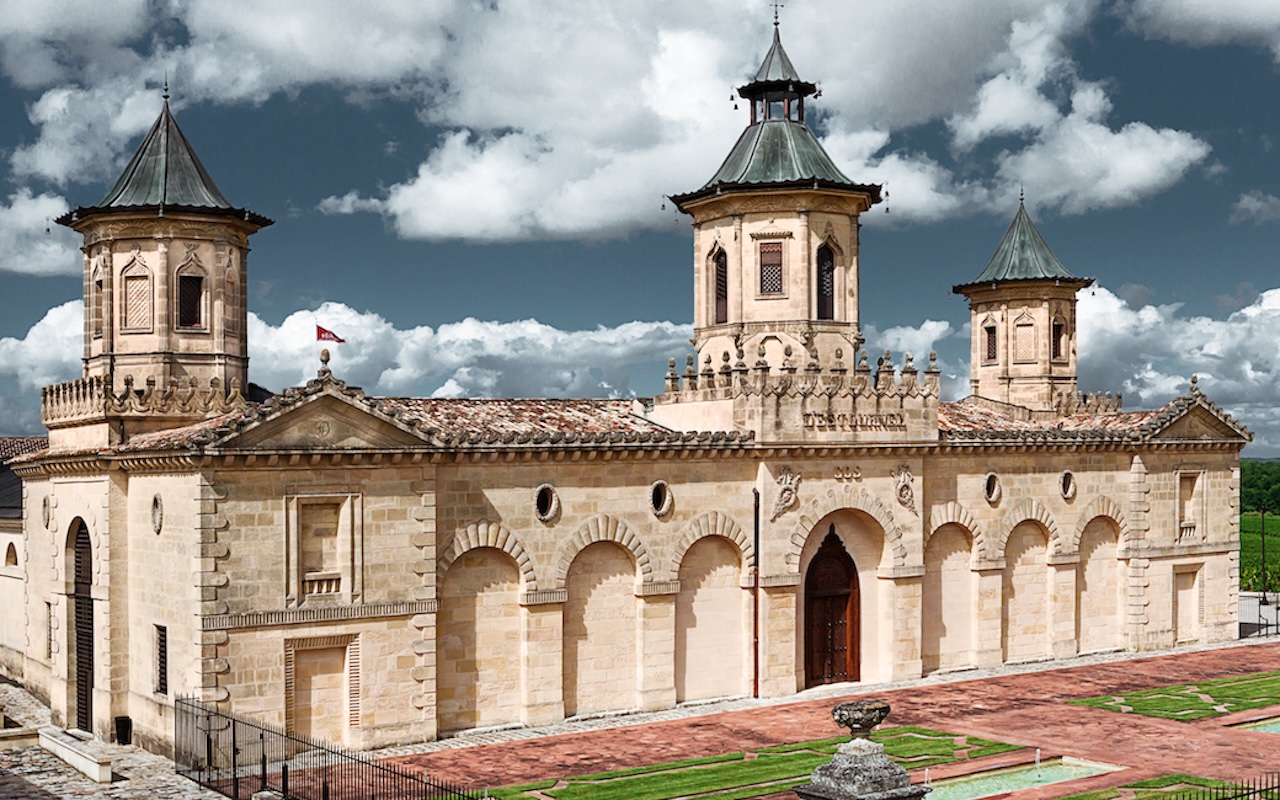
In the hierarchy of fine wines, Second Growth Bordeaux occupies a coveted position that perfectly balances exceptional quality with relative accessibility. These prestigious estates represent the pinnacle of winemaking tradition, offering connoisseurs a taste of Bordeaux's storied legacy without the often prohibitive prices of their First Growth counterparts. As ambassadors of French viticulture excellence, Second Growth Bordeaux wines continue to captivate enthusiasts and collectors worldwide, combining historical significance with uncompromising quality.
Second Growth (Deuxième Cru) Bordeaux wines represent an elite classification of estates that has endured for over 165 years. These distinguished châteaux produce some of the world's most sought-after wines, embodying the perfect marriage of terroir expression, winemaking expertise, and historical prestige.
The story of Second Growth Bordeaux begins with the famous 1855 Classification, created at the request of Emperor Napoleon III for the Exposition Universelle de Paris. This revolutionary ranking system categorized the finest Bordeaux estates from the Médoc region (with the exception of Château Haut-Brion from Graves) into five "growths" or "crus" based on their market prices and reputations at the time.
The classification ranked 61 châteaux in total, with only four estates (later five with the promotion of Château Mouton Rothschild in 1973) achieving the coveted First Growth status. The 15 estates designated as Second Growths represented the next tier of excellence—wines that approached First Growth quality while often offering more favorable value.
This hierarchical system remains largely unchanged today, making it one of the most enduring quality classifications in the world of fine wine.
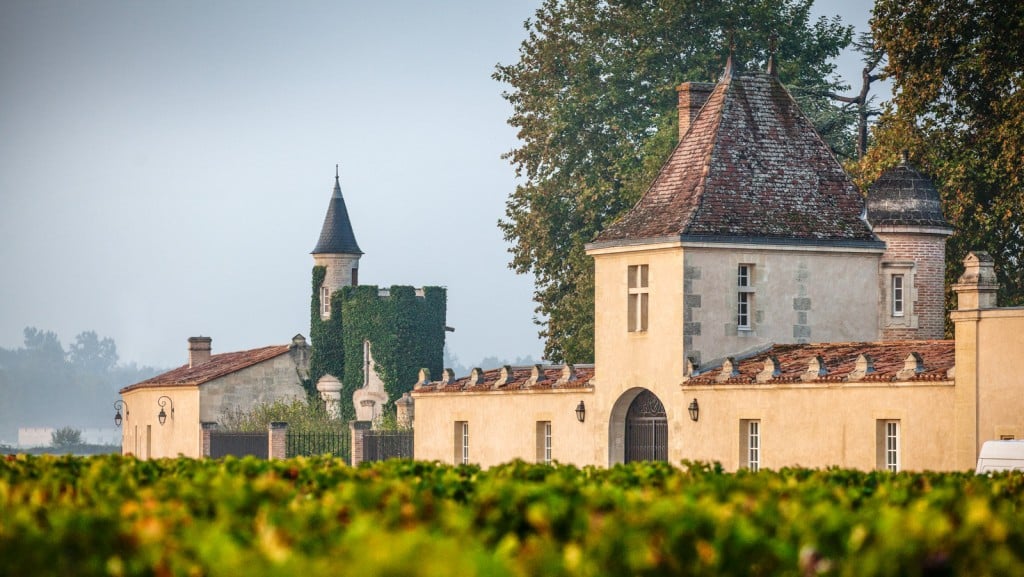
Second Growth status confers tremendous prestige upon an estate, signaling to consumers that these wines represent the upper echelon of Bordeaux quality. This classification has profound implications:
For wine enthusiasts seeking to explore the pinnacle of Bordeaux without venturing into the often stratospheric pricing of First Growths, the Second Growth classification serves as an invaluable guide to exceptional quality.
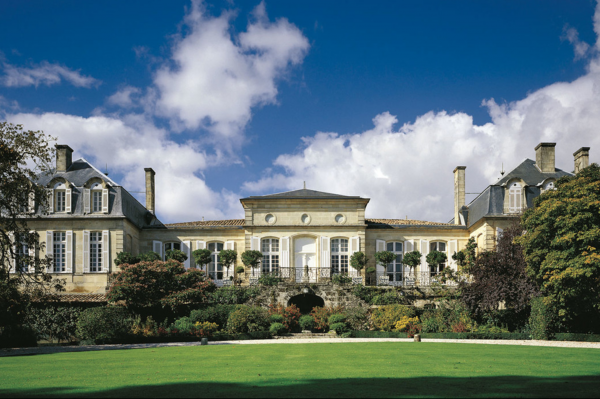
The fifteen prestigious estates that comprise the Second Growth classification include some of the most celebrated names in the world of fine wine. Each brings its unique character and contribution to this elite category.
Here's the complete list of the current Second Growth (Deuxième Cru) châteaux from the 1855 Classification, along with their appellations:
Distribution by appellation:
Often referred to as the "Palace of Cos," Château Cos d'Estournel stands as one of the most architecturally distinctive and historically significant of all the Second Growths. Located in Saint-Estèphe, this iconic estate was established by Louis Gaspard d'Estournel in 1811 and quickly gained fame for its exotic, Eastern-inspired architecture—featuring elaborate pagodas, ornate doors from the Sultan of Zanzibar's palace, and distinctive Chinese influences.
The château's founder was nicknamed the "Maharajah of Saint-Estèphe" due to his passion for Eastern culture and his practice of exporting wines to India and other exotic markets. This cosmopolitan approach to winemaking and marketing set Cos d'Estournel apart from its neighbors from the very beginning.
The wines of Cos d'Estournel are known for their powerful structure, spicy complexity, and remarkable longevity. Predominantly composed of Cabernet Sauvignon (often around 65%) with significant Merlot (approximately 35%) and smaller amounts of Cabernet Franc and Petit Verdot, they perfectly embody the muscular yet refined character that makes Saint-Estèphe wines so distinctive.
Recent vintages under the ownership of Michel Reybier and the direction of technical director Dominique Arangoits have received exceptional critical acclaim, with many considering Cos d'Estournel to be producing wines that rival First Growth quality in outstanding years.
Decanter Tours' tip: This is one of our all time favorite visits. Although not inexpensive it is well worth the price tag. And yes, bizarely we pronounce the s in COS.
The Second Growth classification includes several other legendary estates that have shaped Bordeaux's reputation for excellence:
Château Ducru-Beaucaillou (Saint-Julien): Known for its elegant, aromatic wines that perfectly balance power and finesse. The name "beaucaillou" (beautiful stones) refers to the distinctive large quartz stones that cover the vineyard, providing excellent drainage and heat retention. Under the stewardship of the Borie family since 1941, Ducru-Beaucaillou has established itself as one of the most consistent performers among the Second Growths.
Château Montrose (Saint-Estèphe): A powerful, tannic wine built for long aging, Montrose is often considered the most masculine of the Second Growths. Its vineyards benefit from a prime location on a gravelly outcrop overlooking the Gironde estuary, creating a unique microclimate. Montrose has made tremendous quality strides in recent years following substantial investment by its current owners, the Bouygues family.
Château Léoville Las Cases (Saint-Julien): Often referred to as the "First of the Seconds," Léoville Las Cases consistently produces wines of First Growth quality. The estate was once part of the vast Léoville property before being divided in the 19th century. Its Grand Vin comes predominantly from the walled "Grand Clos" vineyard adjacent to Château Latour, and the wines are characterized by their remarkable concentration, structure, and aging potential.
Château Léoville Poyferré (Saint-Julien): Another esteemed property from the divided Léoville estate, Léoville Poyferré has seen remarkable quality improvements since the 1990s under the Cuvelier family's ownership. The château is known for producing opulent, velvety wines with exceptional depth and concentration. With Michel Rolland as consulting oenologist, the wines typically showcase ripe, plush fruit character balanced by Saint-Julien's classic structure and refinement.
Château Gruaud-Larose (Saint-Julien): With its motto "The King of Wines, the Wine of Kings," this historic Saint-Julien property has a reputation for producing powerful, distinctive wines with excellent aging potential. The estate's 82 hectares of vineyards sit on a prominent gravel plateau that provides ideal drainage and sun exposure. Gruaud-Larose wines are characterized by their aromatic complexity, firm tannic structure, and distinctive spice notes that develop beautiful tertiary characteristics with age.
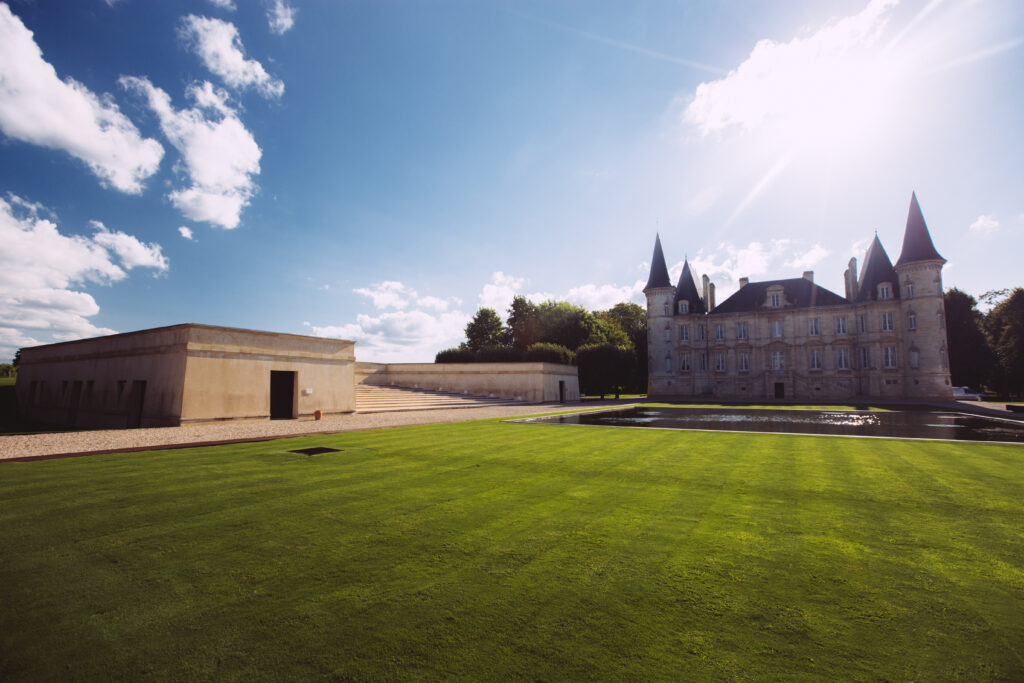
Château Pichon Baron and Château Pichon Comtesse de Lalande (Pauillac): These neighboring estates, once united as a single property, produce distinctly different expressions of Pauillac terroir. Pichon Baron typically crafts more muscular, Cabernet-dominant wines, while Pichon Comtesse often incorporates more Merlot, resulting in a more supple, approachable style with equal aging potential.
Experiencing these estates firsthand on a private Médoc wine tour offers wine lovers an unparalleled opportunity to understand the nuances that make each Second Growth unique.
The exceptional quality and distinctive character of Second Growth Bordeaux wines stem from a combination of geographic fortune, historical expertise, and unwavering commitment to excellence.
Central to the identity of Second Growth Bordeaux is the concept of terroir—that magical combination of soil, climate, topography, and human influence that gives wines their sense of place.
The Médoc peninsula, home to most Second Growth estates, features a patchwork of gravel-dominated soils laid down over millennia by the Garonne and Dordogne rivers. These gravel beds provide perfect growing conditions for Cabernet Sauvignon, the dominant grape variety in most Second Growth blends, by offering:
Each appellation within the Médoc offers subtle variations in soil composition that influence the character of its wines:
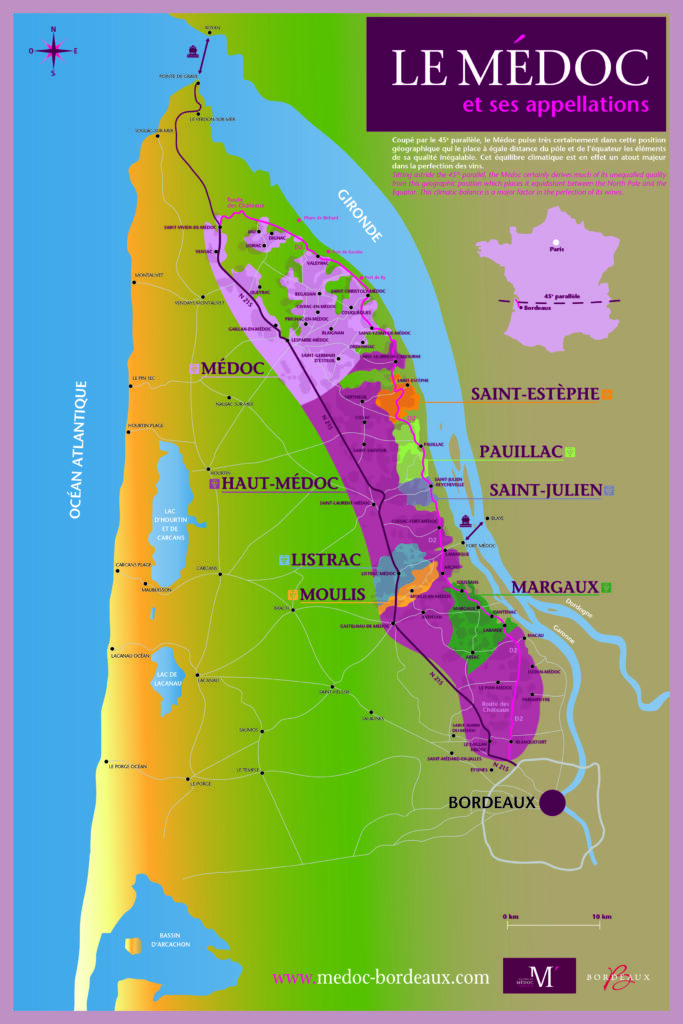
When visiting the region with Decanter Tours, guests can witness firsthand how these seemingly subtle terroir variations translate into profoundly different wine styles across neighboring estates.
While terroir provides the foundation, it's the meticulous winemaking practices employed by Second Growth estates that transform exceptional fruit into some of the world's most coveted wines.
These châteaux combine centuries-old traditions with cutting-edge technology to create wines that honor their heritage while continuously elevating quality. Key aspects of their approach include:
Each Second Growth château maintains its distinctive house style while adapting to the unique characteristics of each vintage—a delicate balancing act that requires both scientific precision and artistic sensibility.
Second Growth Bordeaux wines offer a sensory experience that captivates from the moment they're poured into the glass. While each château maintains its distinctive personality, certain common threads unite these exceptional wines.
Young Second Growths typically present with deep ruby to purple coloration, gradually developing garnet and brick hues as they age. On the nose, expect a complex interplay of ripe black fruits (cassis, blackberry), often accented by cedar, pencil shavings, tobacco, and subtle spice notes. Many display a distinctive graphite or gravelly minerality that speaks directly to their terroir.
On the palate, these wines showcase remarkable structural integrity—firm yet refined tannins balanced by precise acidity—providing the framework for concentrated flavors that can include:
The finish is invariably long and complex, with great examples lingering on the palate for minutes. Most importantly, Second Growth Bordeaux wines display remarkable balance—that elusive harmony where fruit, acidity, tannin, and alcohol exist in perfect proportion.
While approachable after 5-10 years in bottle, these wines often reach their peak drinking window between 15-30 years after the vintage, with exceptional years capable of developing beautifully for 50+ years.
Experiencing Second Growth Bordeaux in its natural habitat—amid the historic châteaux and expansive vineyards of the Médoc—offers wine enthusiasts an unparalleled opportunity to deepen their appreciation of these legendary wines.
Decanter Tours specializes in creating bespoke luxury experiences centered around Bordeaux's most prestigious estates, with particular expertise in navigating the often exclusive world of Second Growth châteaux. Our deep relationships with these properties allow us to arrange private visits and tastings not typically available to the general public.
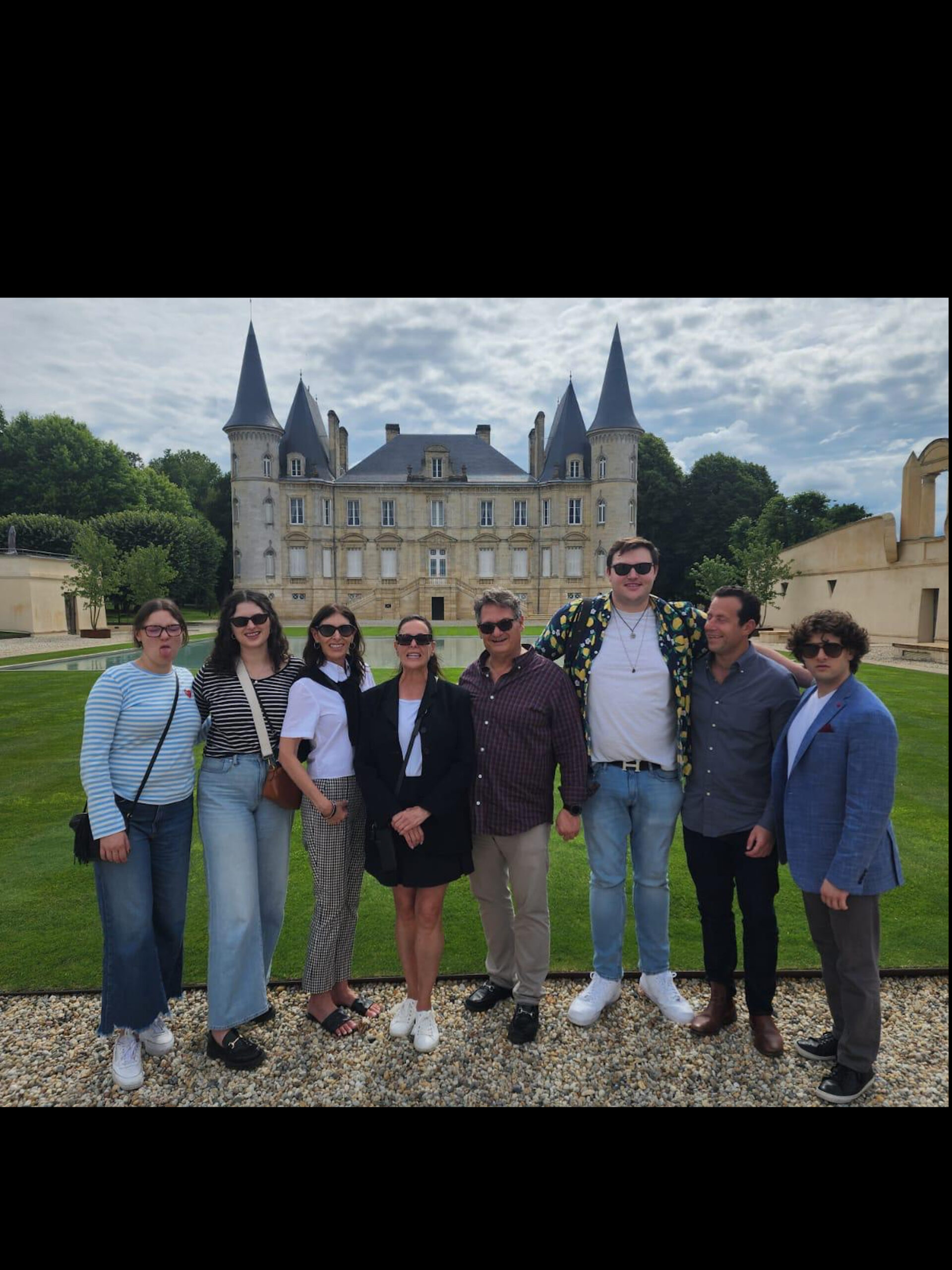
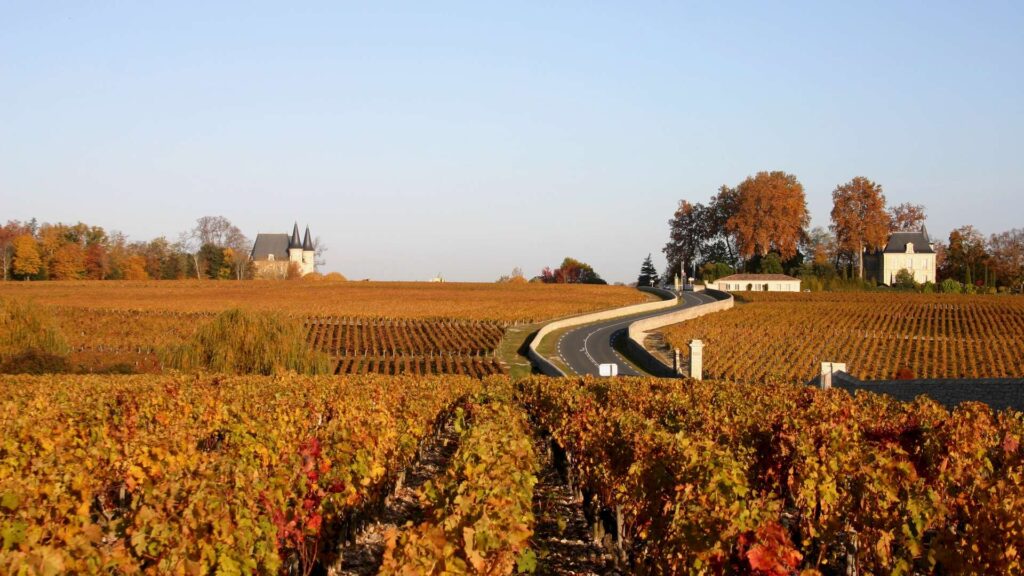

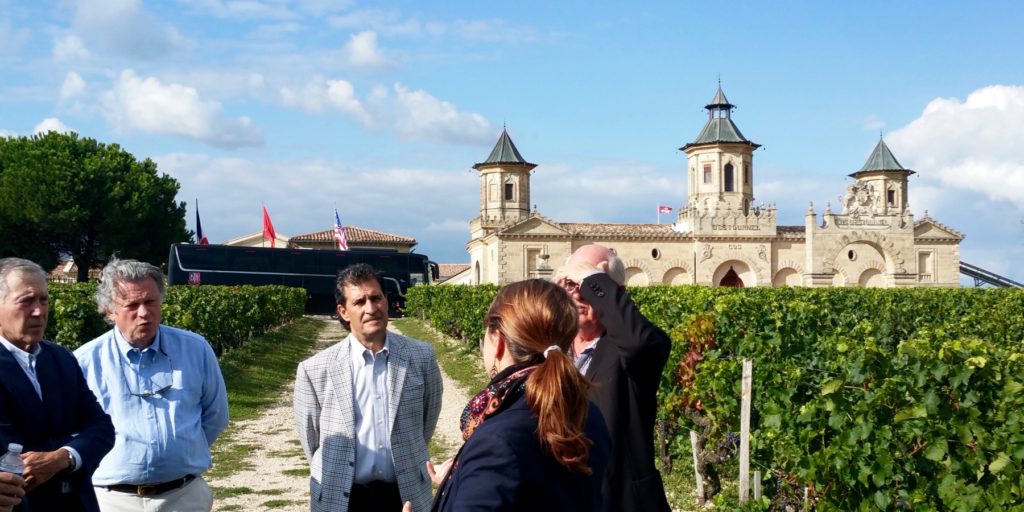
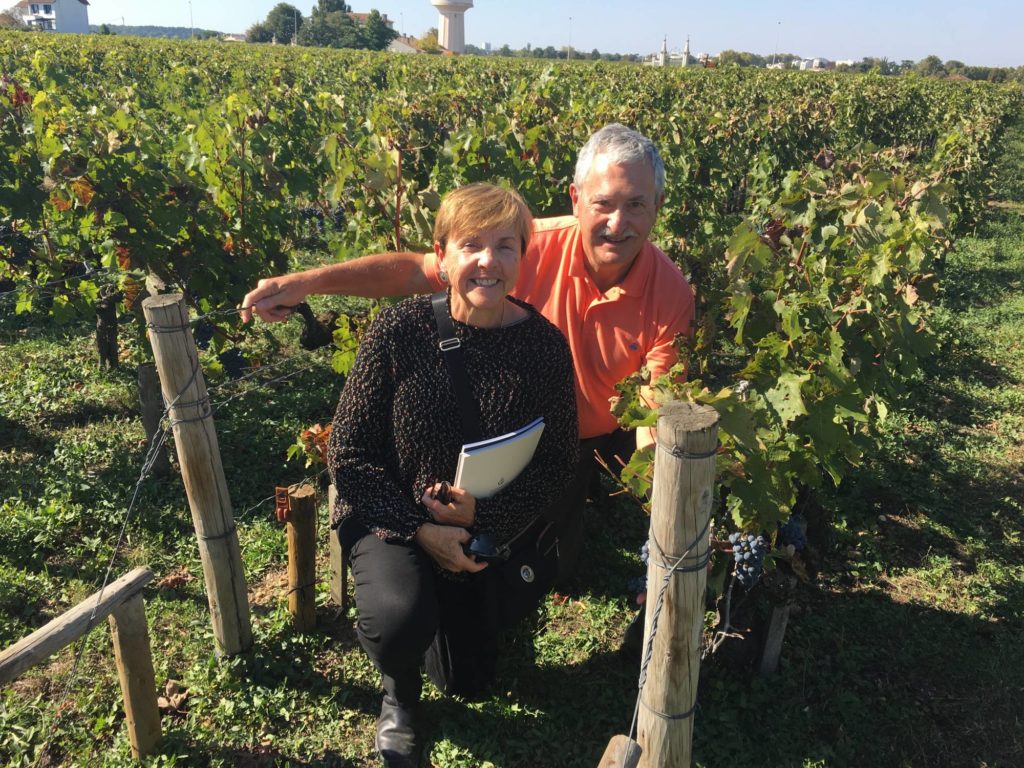
Understanding that each client brings unique interests and preferences, we tailor every aspect of your Second Growth journey:
Whether you're a serious collector seeking investment-grade acquisitions or simply a passionate enthusiast eager to deepen your understanding of fine wine, our Médoc wine tours provide the perfect blend of education, enjoyment, and exclusive access.
First Growth (Premier Cru) and Second Growth (Deuxième Cru) Bordeaux wines represent the two highest tiers in the 1855 Classification. The primary differences include:
Many wine experts and collectors note that in excellent vintages, top Second Growths can approach or occasionally match First Growth quality, often representing superior value for discerning buyers.
Second Growth Bordeaux wines have historically provided solid investment returns while offering greater accessibility than First Growths. Several factors make them attractive to collectors and investors:
However, as with any fine wine investment, purchasing from reputable sources, ensuring proper storage, and focusing on top vintages remains essential for maximizing potential returns.
Yes, many Second Growth châteaux welcome visitors, though typically by appointment only. The accessibility varies significantly between estates:
Working with a specialized tour operator like Decanter Tours provides the advantage of established relationships with these prestigious estates, often enabling access to private tours and tastings not available to independent travelers. Our expertise ensures your Second Growth experience extends beyond the standard visitor offering to include truly memorable and exclusive moments.

Experience the finest private wine tours in Bordeaux and beyond. With over 20 years of expertise, we craft tailor-made wine journeys to iconic regions like Médoc, Saint-Émilion, Burgundy, and Champagne. Explore exclusive chateaux with expert guides and seamless planning for a truly unforgettable experience.